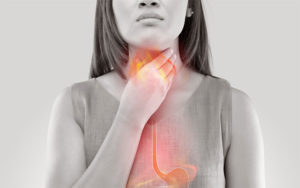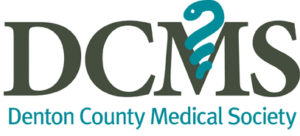Eosinophilic Esophagitis (EoE) is a  relatively new disease characterized by allergic inflammation from eosinophils in the esophagus. The esophagus is the muscular tube that connects the mouth to the stomach and eosinophils are a type of white blood cell that are involved in allergies. Normally there are very few eosinophils in the esophagus.
relatively new disease characterized by allergic inflammation from eosinophils in the esophagus. The esophagus is the muscular tube that connects the mouth to the stomach and eosinophils are a type of white blood cell that are involved in allergies. Normally there are very few eosinophils in the esophagus.
What are the symptoms of EoE?
Infants and toddlers with EoE may have feeding problems, poor weight gain and growth, vomiting or reflux. School-age children with EoE may complain of recurring abdominal pain, trouble swallowing, poor appetite, vomiting or reflux. Teenagers and adults usually have difficulty swallowing, especially dry or dense solid foods, heartburn or chest pain and reflux. Food can get stuck in the throat due to narrowing of the esophagus. This is called an impaction and is a medical emergency usually treated in the emergency room. EoE is considered to be a chronic condition and is usually not outgrown. It is more common in Caucasians and males.
How is EoE diagnosed?
EoE is diagnosed by endoscopy and biopsy, usually done by a gastroenterologist or GI specialist. If a diagnosis of EoE is made, the gastroenterologist will refer you to an allergist for evaluation. Most people with EoE will have a personal or family history of allergies, asthma, eczema or food allergy. EoE can be due to food allergies or environmental allergies such as dust mites, pollens and molds. Other conditions such as gastroesophageal reflux disease (GERD or heart burn or acid reflux) can contribute to increased eosinophils in the esophagus.
How is EoE treated?
Our board-certified allergists at North Texas Allergy are experts in eosinophilic esophagitis and can guide you in finding out if food and environmental allergies are contributing to your symptoms. We can perform skin testing for food and environmental allergies and patch testing for foods. We may recommend avoidance of certain foods, an elimination diet or elemental diet. We may also recommend a proton pump inhibitor, a type of acid suppressor, for reflux and/or swallowed oral steroids to help decrease the symptoms of EoE.
ROSHNI FOSTER, MD, PhD
Board Certified Allergist







